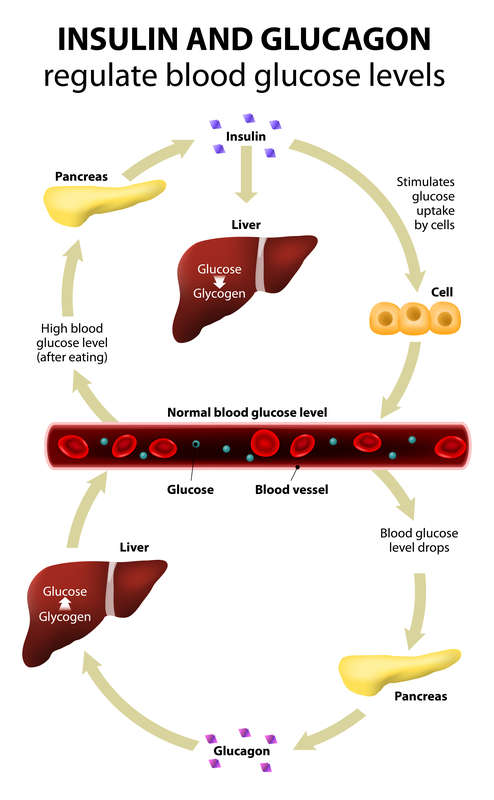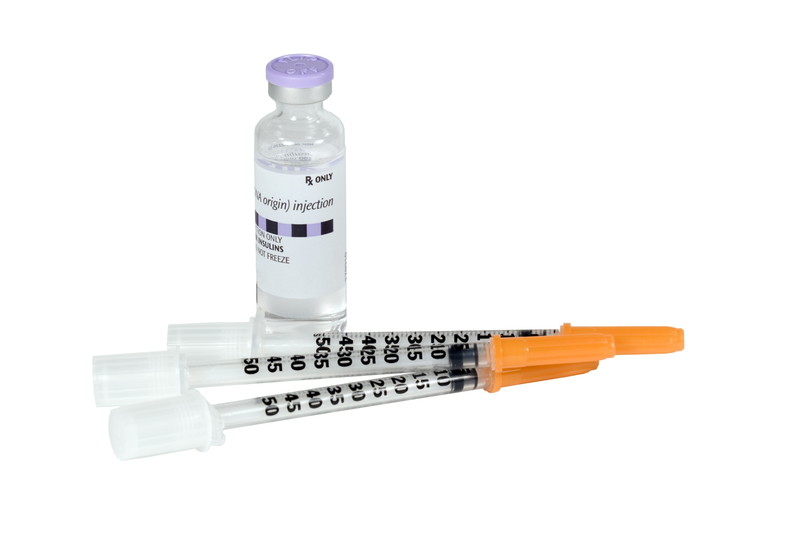The Different Body Parts Insulin Stimulates
6. Regulation Of Enzyme Activity

Insulin has several roles in the liver. First, it traps and stimulates the enzyme hexokinase, which is needed to add a phosphate to the molecular sequence of glucose. Insulin also inhibits the activity of the enzyme glucose-6-phosphatase, which creates free glucose, and it activates several other enzymes directly involved in the synthesis of glucose such as glycogen synthase and phosphofructokinase. In other words, when there is an abundant supply of glucose, insulin sends a message to the liver and tells it to store as much of it as possible for later use.
5. Repair Muscle Following Injury

After any damage or illness takes place in the body, insulin helps restore the area by transporting amino acids to the affected muscle tissue. Amino acids are needed to help rebuild and repair tissue damage as well as increase the strength and size of muscles. Insulin is also required for the uptake of amino acids on a regular basis. It aids in the synthesis of proteins and DNA replication, which also helps the body heal after injury or illness.
